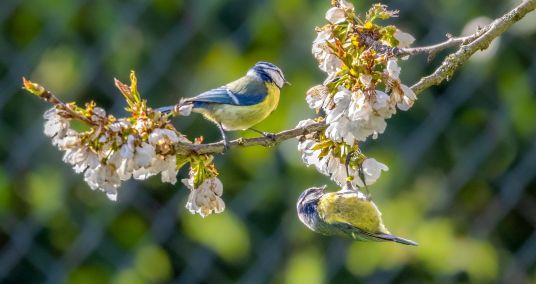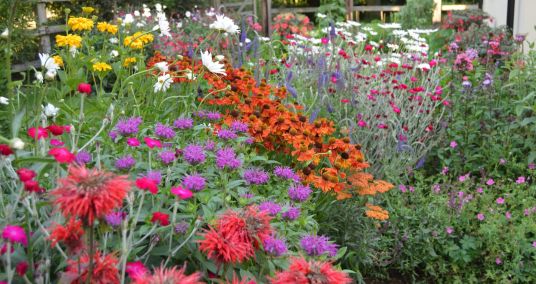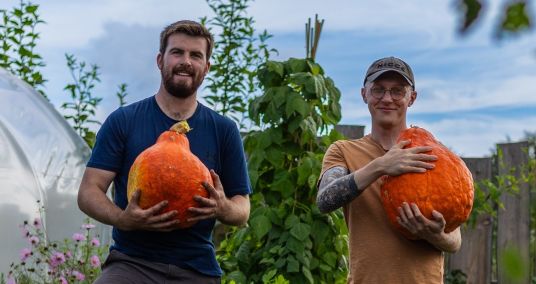Gardening
- LifestyleThe Telegraph
Gardening jobs to do in April: a guide to borders, wildlife gardening and vegetable plots
Magnolias and ornamental cherries are in full glorious bloom this month, blackthorn, damson and pear blossom is out, and the bees are buzzing from one flower to the next. It is bluebell time in the woods and tulip time in gardens, each of them creating their own wonderful spectacle.
5-min read - ScienceThe Telegraph
How to improve biodiversity in your garden, whatever its size
Every gardener can help. That’s the message from a new report which says everyone can make a difference to halting biodiversity loss, even if you only have the smallest window box to work with.
6-min read - LifestyleThe Telegraph
How to plant a beautiful summer border in a small garden
Perennials can provide a spectacular display of flowers for many months of the year, and most are easy to grow. In fact, you can find an herbaceous perennial to fit almost any situation in your garden. And if you choose carefully, you can have flowers for many months of the year.
6-min read - LifestyleThe Telegraph
How to grow your own fruit and veg in a small family garden
Self-sufficiency has become a buzzword in recent years, as more and more people turn to growing their own vegetables and fruit, both to save money and for the pleasure and sense of reward it brings. But how much is it really possible to grow if you don’t own a lot of land? It’s a question that inspired Huw Richards and Sam Cooper to run an experiment to see whether they could become self-sufficient over a year in food grown on a plot the size of an average UK garden.
8-min read - LifestyleThe Telegraph
Five ways to use blossom to decorate your Easter table
Thanks to recent weather conditions, it’s going to be a bumper year for spring blossom. According to the National Trust, the warm start to the spring has allowed trees to avoid the petal damage that occurs during cold snaps and frosts, so although some trees started blooming weeks early, their displays are expected to last longer than usual.
5-min read - LifestyleThe Telegraph
How to prepare your soil
In the old days, gardeners used to apply an artificial general-purpose fertiliser in the spring and step back thinking they had done a good job. But most recent research on the soil microbiome and plant needs makes this practice seem dubious, to say the least.
8-min read - LifestyleThe Telegraph
The best National Trust gardens to visit for spring flowers
Some countries have a fleeting spring, summer heat quickly taking over from the winter freeze. But here we have a long, slow build-up. So although there might be lots to do in your own garden, there is also time to go out and take a deeper draught. In the National Trust’s gardens and woodlands, with their acres of bulbs and blossom, there is the opportunity for full-scale immersion – and invariably a planting idea to bring back, too. Here are 15 to visit for inspiring and uplifting displays of s
9-min read







